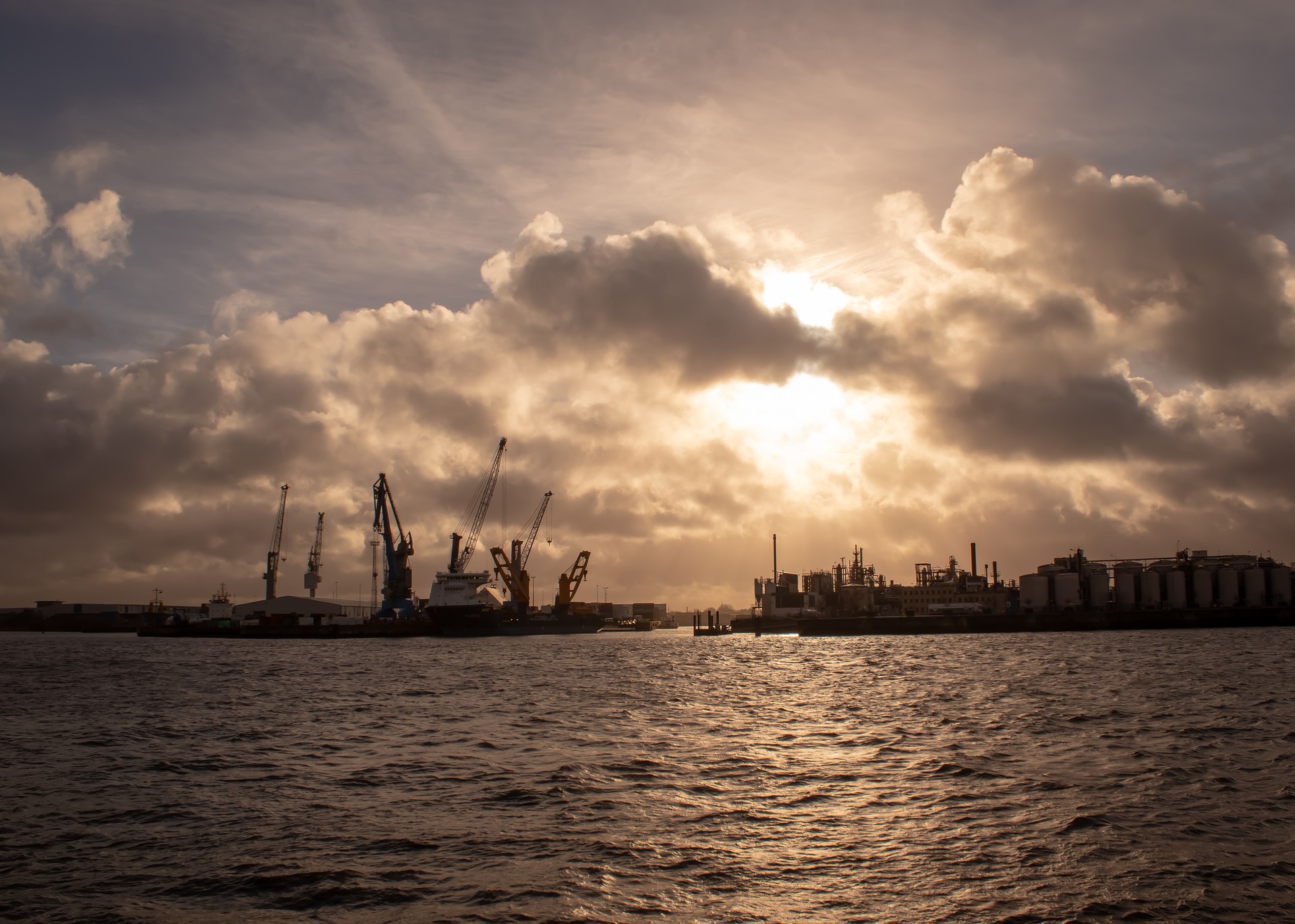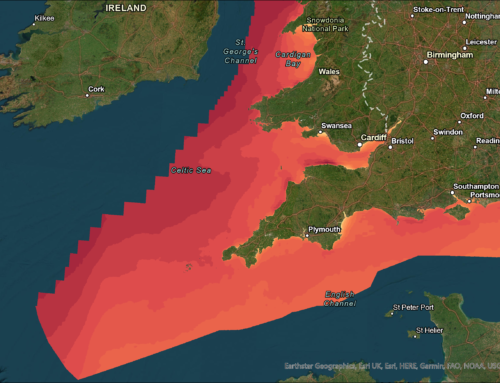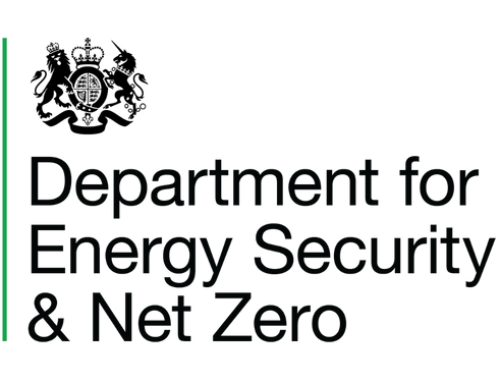It is tempting to view offshore wind local content as battle between governments and developers. Governments love it and developers hate it.
Let’s be clear – local content can be a good thing. It reduces the carbon footprint of projects, promotes jobs and skills development and boosts national economies.
Governments want to maximise the benefit to citizens from the huge investments for an offshore wind farm. Just look at the number of publicity photos you see of elected representatives with hard hats and high-vis vests on!
Governments often look to sway this choice towards localisation, for example through policy frameworks. Consent and subsidy can be dependant of the level of local supply chain involvement. A project employing local people and generating business for local companies will also be more likely to gain local community support.
Taiwan, France, the UK and some US States have all used a variety of local content mechanisms to drive up local content in recent years.
Developers and suppliers have a more complex attitude to local content. Developers want the lowest costs so that they can compete in power purchase auctions, whilst doing enough to support the objectives of the local jurisdiction. Suppliers, who may already have a footprint in several countries, face a choice between cost, complexity and localisation in their supply chains.
Local content regulations can also be bad. Few countries can offer a pipeline large enough to justify the efficient local manufacturing of every component of a wind farm. Bad regulations can add cost for developers (and electricity consumers), add complexity into supply chains, slow progress because of costs and learning curves, and create stranded assets if factories are built that will be uncompetitive.
Getting the balance right for local content requires an honest, robust and informed analysis between government, developers and the supply chain. This needs assessment of current and potential markets and supply chain capabilities at regional, if not global, level.
Objectively, the supply chain should be located in strategically advantageous locations that will be competitive long term ad sell into several markets. This will need to take account of industrial capabilities, available skills, cost bases and markets. Distribution of investment should be equitable rather than even.
One key challenge is for policy makers to focus on strategic capabilities, rather than high-profile, media-friendly investments. Would it be better to establish a robotics centre of excellence that can export globally in the long term, or a monopile plant that may be redundant in five years’ time? Another key challenge is regional cooperation, so that adjacent markets can focus on doing locally what each does best. And another is that the situation is not static – markets, suppliers and supply chain capabilities are all evolving rapidly, so the right answer today may not be the best one in five years’ time.
So, the apparently simple inquiry of “do you want low cost or high local content?” is actually a very complex question. The outcome is vitally important though, as it will either enable – or hinder –offshore wind deployment: its speed its cost to consumers and the numbers of local and sustainable jobs.





